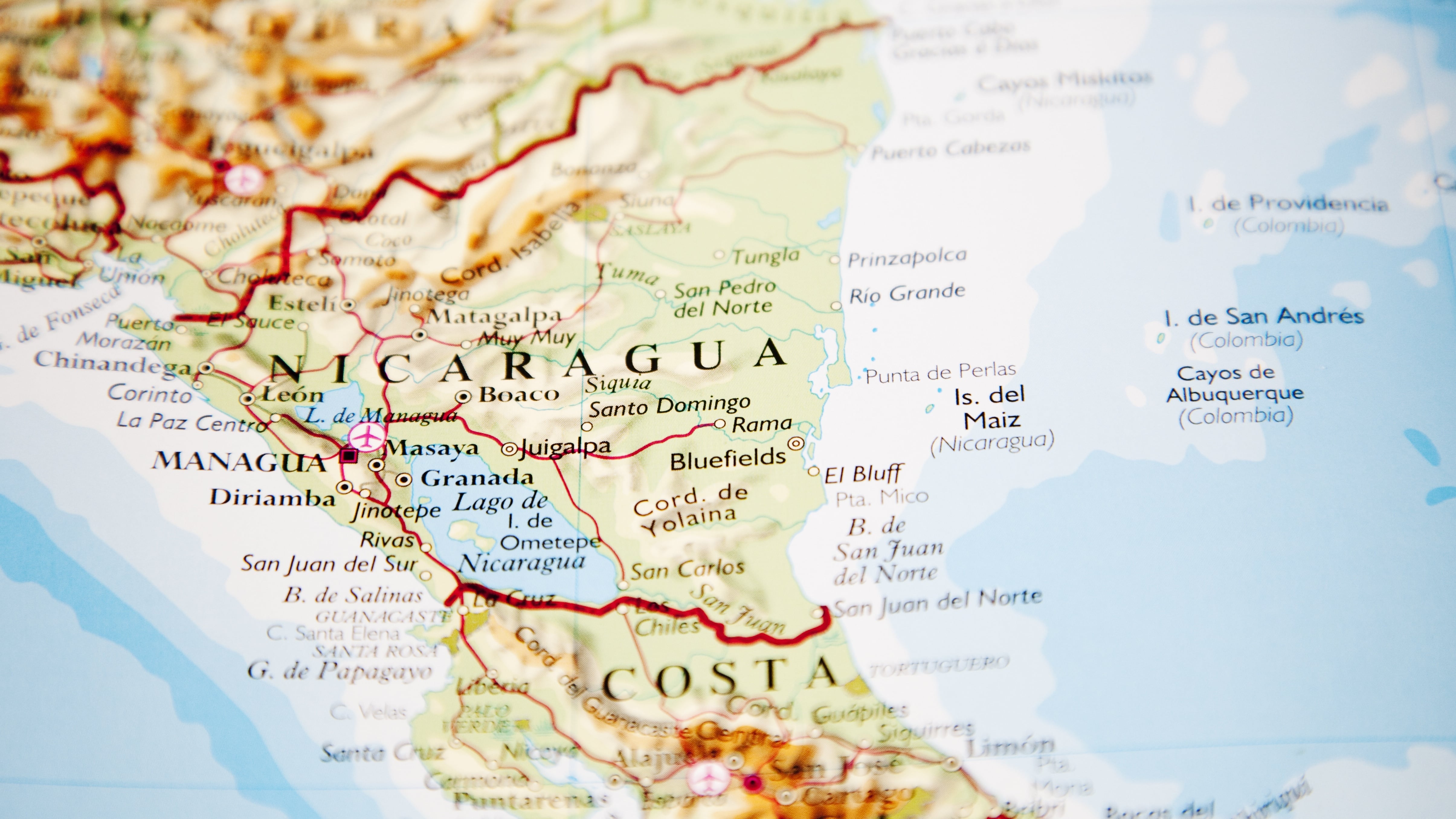As the U.S. Space Force develops, Russia continues to bolster its own military space assets, each challenging the other’s dominance in outer space, despite the two partnering in the domain on research and exploration. Specifically, Russia is working to expand its anti-access/area denial approach in outer space in the form of electronic warfare, increasing sustainability of its communication systems, and developing offensive capabilities against ground-based space infrastructure.
According to the Union of Concerned Scientists’ satellite database and space-launch reporting, there are more than 2,200 satellites in orbit, and over 1,000 of them belong to American companies, government services and scientific institutions, including 189 military satellites.
Russia has more than 160 satellites; this number includes about 100 military spacecraft. In comparison, China has more than 320 satellites, including almost 105 military spacecraft. Here, commercial communication and Earth-observation satellites may also be used for military purposes.
Russia’s economy is less dependent on space infrastructure than that of America or China, and for sure less dependent than that of Europe. However, Russia tries to maintain at least the third-largest military satellite constellation in orbit.
There is no official budgetary information on Russia’s military space program. Nevertheless, using governmental open sources and financial data from the state space corporation Roscosmos, it’s estimated that annual spending on the development of Russia’s military satellite constellation — satellites, launch vehicles and launches — is $1 billion.
Spending on Russian space navigation system GLONASS (currently made up of 27 satellites) in 2019 was $437 million, and spending on military launch site Plesetsk is at least $100 million annually.
All these efforts plus the cost of maintenance for other ground-based defense space infrastructure and personnel means that Russia’s military space program is about $1.6 billion.
The biggest part of Russia’s military satellite constellation involves 51 communication spacecraft, with 16 Earth-observation satellites. This differs from the American, Chinese and European ones, where Earth-observation satellites dominate. For instance, the U.S. has 56 Earth-observation satellites and 49 communication satellites, but China has 57 Earth-observation satellites and only three communication satellites.

However, Russian state-owned factories are faced with sanctions that affect their technological capabilities. And in contrast to other space powers, Russia’s armed forces cannot rely on commercial space systems because the domestic market of commercial space services is poorly developed. Furthermore, Moscow’s focus on communication and navigation capabilities creates a gap in space intelligence capabilities.
Another factor work discussing is Russia’s rotation of spacecraft. From 2014-2016, there were 22 military satellites launched by Russia, but the number of the constellations remained stable at 80-81 spacecraft. That was due to the removal of military satellites from the 1990s to the early 2000s, as well as failures and the removal of experimental satellites with short life spans.
RELATED

Since 2017, Russia launched 26 military satellites, and the number of the constellation has increased to 105; so removal of spacecraft was limited during this time, likely because of the life span of military satellites. (The life span of American satellites is twice as long.)
Thanks to access to European and American components in previous years, Russia was able to increase work on some of its military satellites. But the speed of rotation of the Russia’s military satellite constellation began to decrease come 2010. And without legal access to Western technologies and components, it may prove difficult for Moscow to develop its military satellites and, consequently, maintain current numbers in the coming years.
This imminent industrial weakness inevitably drives Moscow to try to nullify the advantages of the U.S. and other leading powers. However, Russia’s actions toward this effort — like the strange orbital maneuvering of experimental Russian satellites or the testing of air defense missiles with potential anti-satellite capabilities — should not be overestimated. There is no sense of targeting hundreds of satellites in many orbits, and it is impossible to target them reticently. Here, Moscow just searches for material tools that will enhance its position in political bargaining with the U.S.
Where Russia is really trying to improve its military space capabilities is in the following: opportunities for jamming and radio intelligence; sustainability of its command, control and communication systems; and the offensive capabilities against ground-based space infrastructure. The goal here is to prevent its adversaries from using of their space-related infrastructure.
Pavel Luzin is an expert on Russian political and defense affairs, as well as a columnist at the online journal Riddle.








